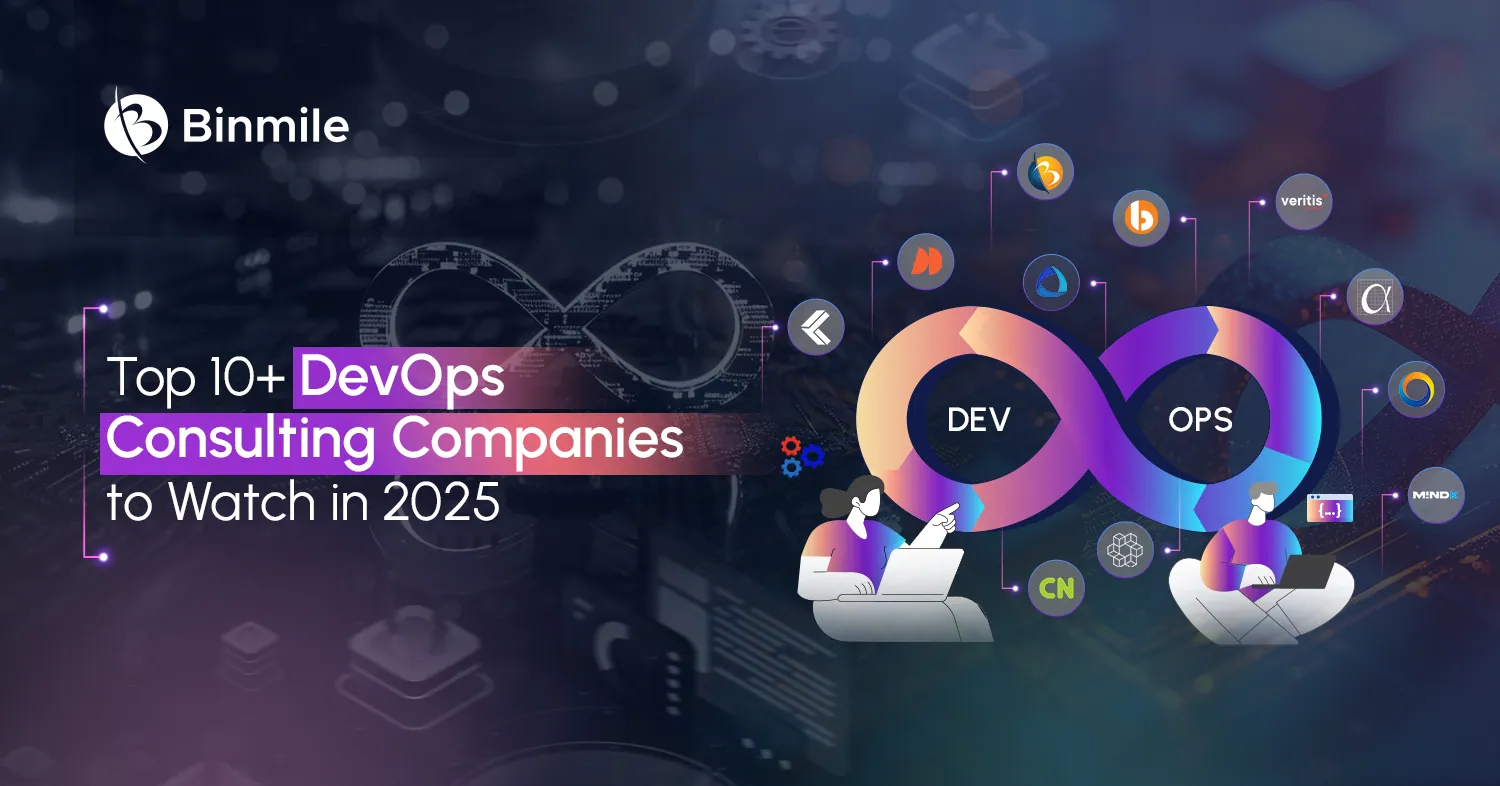An application programming interface (API) is not just another piece of software that accomplishes some tasks. Indeed, it is an essential aspect of a software component in tandem with a relationship with developers consuming this API, and a consumer ecosystem and interface to communicate with software. You may think of building, managing, and deploying APIs with the usual methods. But, the scenario is different because you need added processes, skills, and tools to deploy an API from a continuous integration and continuous deployment (CI/CD) pipeline. Read here some of the unique principles and key steps that will help you deploy your API from a CI/CD pipeline conveniently.
Principles to Deploy Your API from a CI/CD Pipeline
APIs are vital for improving internal communication and collaboration within an enterprise. After creating your API, it is mandatory to deploy the same to make it callable by end-users. Before you go ahead, let’s discuss some doctrines that will help you make a better stage for API deployment. The following are the top five all-embracing principles that you should consider when it comes to deploying your application programming interface from continuous integration and continuous deployment pipeline. These include:
Contract-First Approach
You can go for a code-first approach to deploy your API from a CI/CD pipeline. It will be great if you can stick to a contract-first approach for API deployment as it makes your deployment process streamlined and reliable. This approach lets you craft the API contract ahead of the implementation phase. It is teamwork between the developers, product owners, architects, and early customers. Here, a web-based API Design suite Apicurio Studio can enable you to craft the API contract easily and collaboratively.
API Testability
When it comes to deploying any API from a CI/CD pipeline automatically, it is important to test the API. There are many test types, and you need to stick to the following test types for deploying your API. These include:
- Acceptance tests with dedicated tools
- Acceptance tests to meet business expectations
- End-to-end tests to ensure the proper functioning of every software component as per expectations
- Integration tests to test a larger portion of software components together
- Performance tests with automation
- Performance tests to ensure high performance with new features
- Unit and integration tests
- Unit tests to test every smallest software component individually
Adherence to the Semantic Versioning
When we talk about the release of the new version of your API, it is indispensable to follow the semantic versioning. The best part of semantic versioning is that it enables you to explore your CI/CD pipeline and know how to deal with new releases. It also gives developers an ability to understand how new minor versions are backward compatible. Remember that major versions will need side-by-side deployment to keep existing customers satisfied and happy.
Be Idempotent
When you plan to manage and scale your software, all tech giants remind you of the downside of the tech stack, like the failure of servers, data loss, and router drop packets. Here, being idempotent is the best way to handle such events effectively. You needn’t create a new service in your API Management solution, just show that you want this service to be present. You also needn’t show that you are deleting it, just state that it has to be absent. If you go this way, be sure that your pipelines will be consistent in case of transient perturbations or outages.
Application of API-Management-as-Code Principles
Parallel to the “Infrastructure-as-Code” principle, the principle of “API-Management-as-Code” expresses the determination of the state of your API management solution by the content that existed in the content of your Git repositories. Also note that application plans and OpenAPI specification files define services in your Git repository with API documentation, the environment settings, etc.
Steps for Deploying APIs from a CI/CD Pipeline
- Prepare the release by checking out the Git repository, reading the OpenAPI specification file, and extracting required information for your pipeline.
- Deploy the API by publishing the API in your API management solution and building a container image of your API gateway.
- Test your API by running acceptance tests, publishing plans, and creating new client applications.
- Release the API by publishing the API documentation and notifying your existing API consumers.
Summing Up
Business enterprises can make the most out of CI/CD Automation with reasons like code deployment in small batches, enhanced delivery with automation, faster access to new features, faster bug fixes, shorter Mean time to resolution (MTTR), time efficiency, and team collaboration on priorities, technologies, and practices. Professional Cloud and DevOps consultants can help you deploy APIs fast from a CI/CD pipeline without affecting your workflows.
If you find it hard deploying API from a CI/CD pipeline for any reason, take help from DevOps experts for a better outcome.









